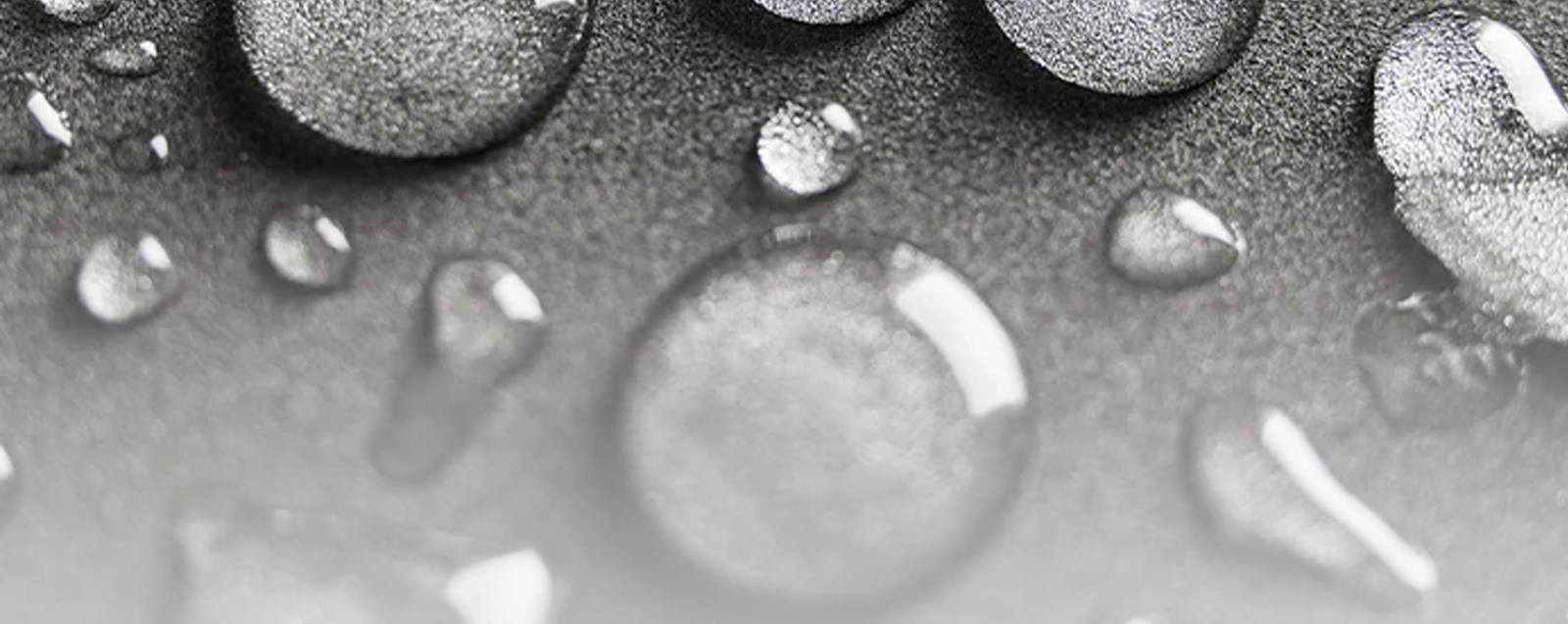Lotus Coating: Unveiling Lotus Effect Technology
During the past few years, nanotechnology has been a game-changer in many industries-most of them in the field of protection against surface damage. Among these amazing innovations is superhydrophobic coating, more commonly known as the "Lotus Effect." What is the Lotus Effect exactly, and how does it improve upon the useful properties of everyday materials like fabric? Let's examine this natural phenomenon in more detail now, as well as how Vetro Power uses Fabric Protector to prolong the aesthetic appearance of your fabric and upholstery.
What is the Lotus Effect?
The well-known "Lotus Effect" describes how the micro- and nanostructured surfaces of lotus leaves repel water and dirt. As soon as a drop of water touches the lotus leaf, the droplets begin to bead upward and then roll off, carrying dirt and grime with them. This is due to the unique surface structure, which prevents the water from spreading out and creates a high contact angle that easily pushes the droplets off.
We use nanotechnology to mimic this structure and apply a coating on fabrics that performs similarly to a lotus leaf. The coating works to keep fabrics cleaner for longer by maintaining an effective repellency against liquids, stains, and dirt.
How Does the Lotus Effect Work on Fabrics?
The Lotus Effect mainly constructs a protective barrier on fabrics against water and stains. Here is how it adds value to your materials:
- Liquid Repellency: Liquids bead up and roll off the fabric surface without absorption. Hydrophobic protection reduced further damage to moisture and liquid.
- Stain Resistance: Spills, such as from coffee or wine, will not seep into the fibres, making most stains easy to wipe clean.
- Effortless Cleaning: Since dirt and liquids do not penetrate the surface, you can very often clean fabrics with extremely low effort, such as brushing or rinsing.
- Extended Lifespan: The protective coating enhances fabric durability, prolonging its life and appearance.
Longevity of the Lotus Effect
Wear, washing, and exposure to the weather can cause the Lotus Effect's obvious characteristics, including water beading, to gradually disappear. It does not, however, imply that the cloth is no longer protected. The coating based on nanotechnology keeps the material safe because:
- Durable Coating: Even after several washings, the nanocoating sticks to the fibres to offer long-lasting protection.
- Embedded Protection: As the water-repellent effect wears off, the coating's deep penetration ensures defence against liquids and stains.
The Lotus Effect on Different Types of Fabrics:
Different materials react differently to the Lotus Effect. The porosity of the cloth frequently determines the degree of apparent water repellency:
Porous Materials: Cotton, Linen & other absorbent fabrics exhibit the most noticeable outcomes. The Lotus Effect will become evident as water droplets gather on the surface.
Non-Porous Materials: The nano-coating helps non-porous materials such as polyester and nylon, even if they might not readily absorb liquids, the spills can be easily cleaned up.
Conclusion
The Lotus Effect brings nature's self-cleaning magic to your fabrics through advanced nanotechnology. Through the Vetro Power Fabric Protector, the fabrics become water repellent, stain repellent, and generally will be cleaned with ease. Be it porous or non-porous, Vetro Power’s superhydrophobic coating ensures your materials continue looking new for longer.






